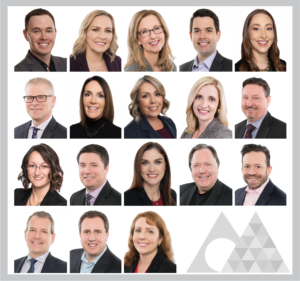Shareholder of a Business – Employed or Self-Employed?
In the recent Licence Appeal Tribunal decision released on October 8, 2019, A.P. and Economical Insurance (Tribunal File Number: 19-000026/AABS), the Adjudicator found that A.P. (the Applicant) was a self-employed person, as defined by the Schedule. Indicators used in identifying a self-employed individual, as outlined from the Financial Services Commissions of Ontario (“FSCO”) case Carr and Lombard (FSCO A00-0041, September 11, 2011), were determined to apply to A.P.’s situation.
Prior to the accident, A.P. was as a hairdresser working 40 hours and earning $599.46 per week. Subsequent to the accident, A.P. returned to work, on a modified basis, working approximately 20 hours and earning $299.73 per week. A.P. is a shareholder of the salon.
Section 3(1) of the SABS outlines the definition of a self-employed person as a person who either:
- a) “Engages in a trade, occupation, profession or other type of business as a sole proprietorship or as a partner…of a partnership”, or
- b) “Is a controlling mind of a business carried on through one or more private corporations some or all of whose shares are owned by the person”.
A.P. argues that he is an employee of the salon who rents a chair and works a set number of hours for a fixed weekly salary. On this basis, A.P.’s position is that his income replacement benefits (“IRBs”) should be based on his personal income tax returns and payroll summaries from the salon.
Economical argues that A.P. is more than an employee, but rather a self-employed “controlling mind” of the salon and that sufficient financial information relating to the operations of the salon has not been provided in order to calculate A.P.’s IRBs.
The Adjudicator found that the indicators used in the FSCO case Carr and Lombard (FSCO A00-0041, September 11, 2011) in identifying a traditional self-employment situation were applicable to A.P. as he is a shareholder of the salon, he reported a consistent salary that did not fluctuate during the last three years, he did not pay employment insurance and he is able to control his hours of work.
Based on the facts, the Adjudicator determined that A.P. is both a shareholder and controlling mind of the salon and therefore, considered self-employed for purposes of calculating his IRBs.
Read the decision in full detail here:
A.P. v Economical Mutual Insurance Company, 2019 CanLII 101433 (ON LAT)
Work With Us
Our Advisors are ready to have
a personalized discussion with you.
